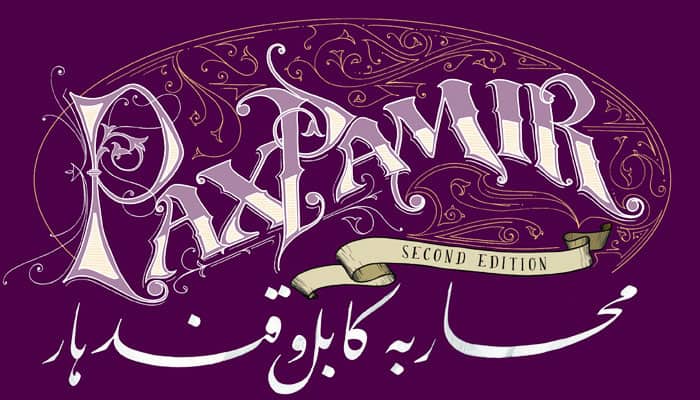In Pax Pamir, each player assumes the role of a nine teenth-century Afghan leader attempting to forge a new state after the collapse of the Durrani Empire.
Western histories often call this period "The Great Game" because of the role played by the Europeans who attempted to use Central Asia as a theater for their own rivalries.
In this game, those empires are viewed strictly from the perspective of the Afghans who sought to manipulate the interloping ferengi (foreigners) for their own purposes.
In terms of gameplay, Pax Pamir is a pretty straightforward tableau builder. Players will spend most of their turns purchasing cards from a central market and then playing those cards in front of them in a single row called a court.
Playing cards adds units to the game's map and grants access to additional actions that can be taken to disrupt other players and influence the course of the game.
That last point is worth emphasizing. Though everyone is building their own row of cards, the game offers many ways for players to interfere with each other, both directly and indirectly.
To survive, players will organize into coalitions. In the game, these coalitions are identified chiefly by their sponsors. Two of the coalitions (British and Russian) are supported by European powers. The third coalition (Afghan) is backed by nativist elements who want to end European involvement in the region.
Throughout the game, the different coalitions will be evaluated when a special event card, called a Dominance Check, is resolved. If a single coalition has a commanding lead during one of these checks, players loyal to that coalition will receive victory points based on their influence in that coalition.
However, if Afghanistan remains fragmented during one of these checks, players instead will receive victory points based on their personal power base.




